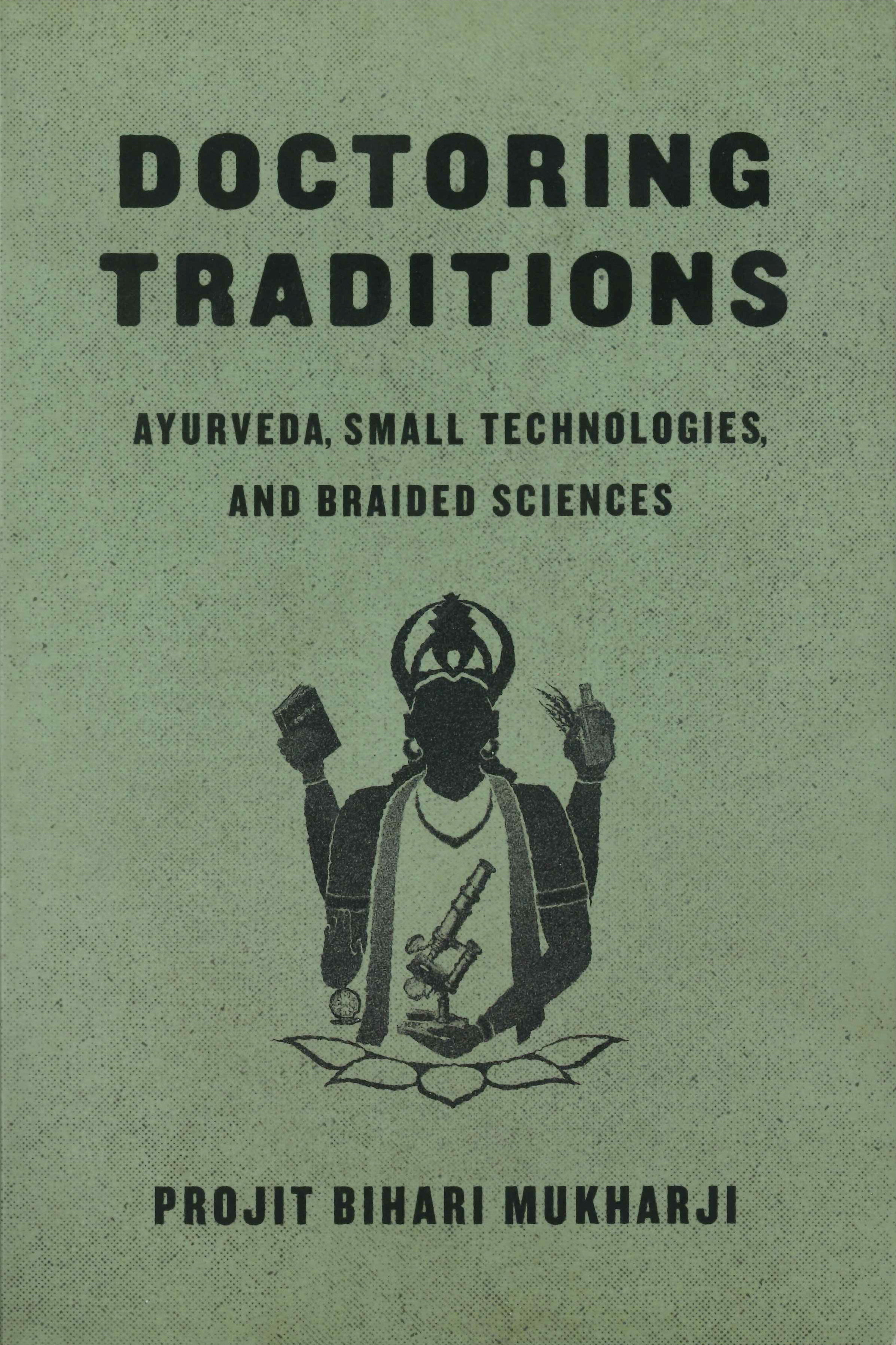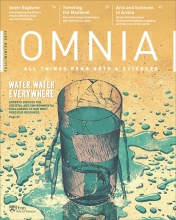In the past few decades, western medicine has become more cognizant of the need to maintain whole-body health and to nurture the mind, body and spirit. This evolution of modern medical science owes much to ancient medical traditions like Ayurveda, which was founded with such wellness philosophies three millennia ago. However, the integration of ideas is never one-way. In his book, Doctoring Traditions: Ayurveda, Small Technologies, and Braided Sciences, Projit Bihari Mukharji, Associate Professor of History and Sociology of Science, recounts the historical evidence for how western medical devices became included in the practice of modern Ayurveda medicine.
The majority of the world’s population resides in countries where some type of traditional medicine is a part of the official healthcare apparatus. In India or China, you can get training in Ayurveda or Traditional Chinese Medicine and get a job in a government hospital as a doctor. Mukharji was curious what adaptations to traditional medical teachings were necessary for it to function in a modern institutional context.
“Take Chinese medicines,” says Mukharji. “They have a very different understanding of the body, about energy channels and things you can’t really find by cutting open a corpse; dissection was not very important.”
Many historians point to the modernization of traditional medicines. But Mukharji’s historical interests focus on the fringe, on overlooked items or ideas that seem inconsequential until one takes the time to explore their relevance. He thus chose to focus on the uptake of diagnostic tools and technologies by Ayurvedic practitioners.
Consider a ubiquitous 18th century object like the pocket watch. Though a common object, the influence of the device as a critical instrument in medical history has not been significantly addressed. Mukharji navigates the evolution of its use within Ayurveda to assist in the understanding of pulse rate. He reveals how eminent Ayurvedic physicians first acknowledge the application of the watch as a quantitative diagnostic tool being used by western physicians and then, within 20 years, incorporate a numerical normal pulse range on the pages of Ayurvedic texts (though noted as “Western opinion”).
Mukharji explains that traditional methods don’t assign numbers for pulse. Instead pulse is qualitative. Determining a patient’s disease depends on whether their pulse feels like the walk of a duck, the gallop of a horse or the hopping of a frog. This qualitative pulse embedded a fundamentally different and non-mechanistic understanding of the body. Traditional healers in colonized India would have observed British doctors taking a pulse by counting the beats in a given duration. Looking at how the publications of traditional healers changed over the decades, one can observe how they slowly took this numerical approach into consideration.
“Technology, like the pocket watch, instead of being a tool to apply knowledge, becomes the instigator for developing new knowledge, so you get this new understanding of the body emerging in Ayurveda medicine,” says Mukharji.
Mukharji traverses similar journeys toward modernization as other small devices, like the thermometer and the microscope, became a part of the Ayurvedic physician’s medical kit. Through discussions centered around these small technologies he exposes the path that Ayurveda took from its transmaterial roots—viewing the body as a combination of material and spiritual elements—to a more mechanistic and materialist practice that incorporates western intellectual traditions.
“The main finding of my book is that the change was inaugurated not by the state or any centralized body, but by lay practitioners who were trying to modernize their knowledge because they were increasingly adopting these small, everyday kind of technologies.” says Mukharji. He further explains that we think innovations in knowledge produce new technology, but rather, when we acquire a new technological gadget, that often leads to innovations in knowledge. Mukharji proves as much in Doctoring Traditions and shows that the technology doesn’t have to be profound to induce knowledge innovation.
Global health policymakers are increasingly interested in incorporating traditional medicine into public health systems. Mukharji hopes that these policymakers will read the book. “But I think that effort, well-minded as it is, is often hamstrung by a limited stereotypical understanding of what traditional medicine is and how it functions,” says Mukharji. He doesn’t even like using the word traditional because it evokes an idea of something fossilized. “It is not something that is stuck in time. It is modern. Its contemporary. It’s evolving constantly.” For Mukharji, the best word to describe traditional medicine is dynamic.




